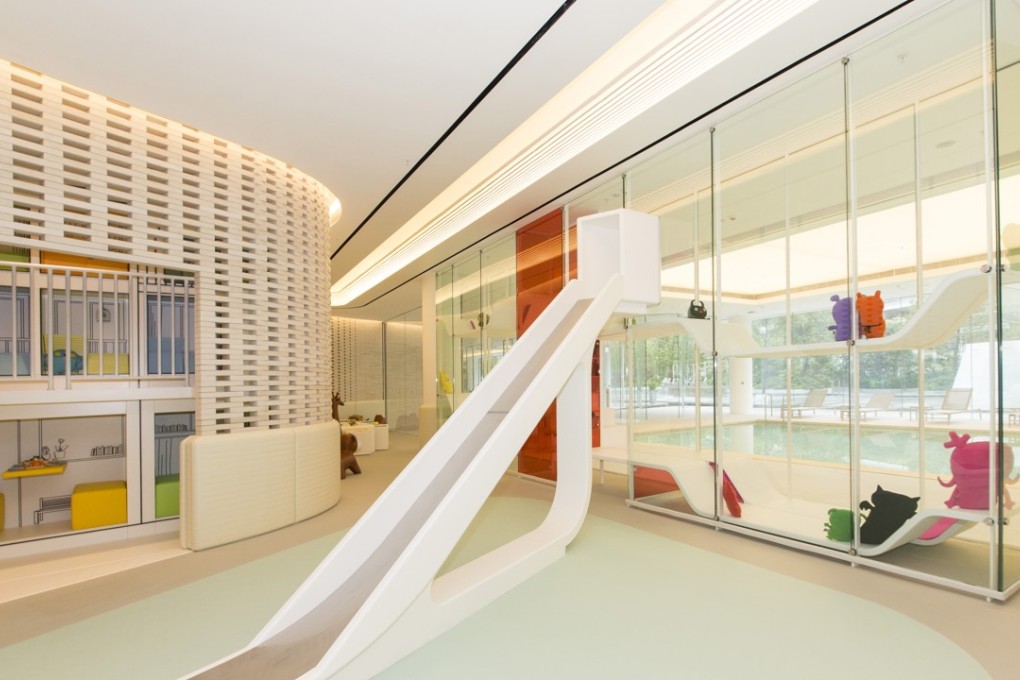Hong Kong developers use design ‘sweeteners’ to sell residential projects
Whereas buyers of new flats would once routinely rip out the typical cookie-cutter interior, developers are coming up with design incentives

A giant apple in the garden. Interiors by celebrated designers. World-class security. These are some of the ideas Hong Kong developers are coming up with in order to “sweeten” their residential projects’ appeal for buyers.
Designers say it’s what the market expects – and, is prepared to pay for. William Lim, managing director of CL3 Architects, says more developers believe design makes a great difference to their projects.
“As land gets more expensive and residential units more compact, we need to utilise spaces more wisely through careful design,” he says. “This is the way to give buyers the best value in their investment.”
Whereas buyers of new flats would once routinely rip out the typical cookie-cutter interior, and replace it with something that is more their style, developers are more inclined to anticipate those needs.
For instance, at Eden Manor,a luxury Henderson Land development next to the Hong Kong Golf Club in Fanling, CL3 created bespoke interiors which “carefully consider every detail to create high-end residences in move-in condition”.
Architectural firms Ronald Lu & Partners (Hong Kong) and Hirsch Bedner and Associates were also engaged at Eden Manor to curate a clutch of luxury mansions and apartments near the lush vegetation of the golf course.